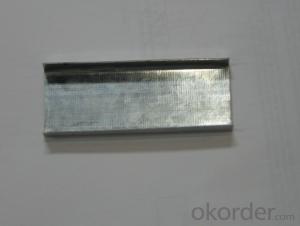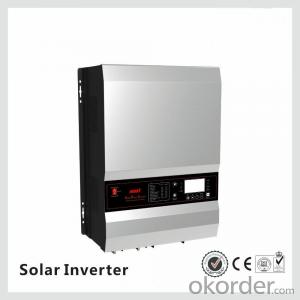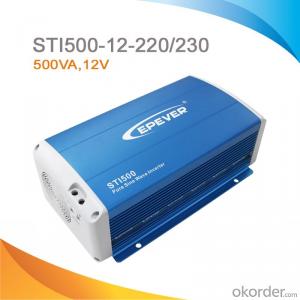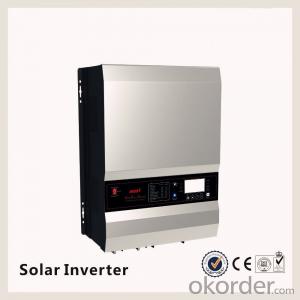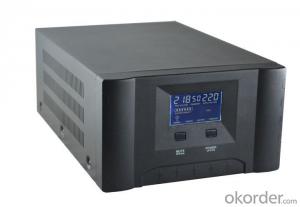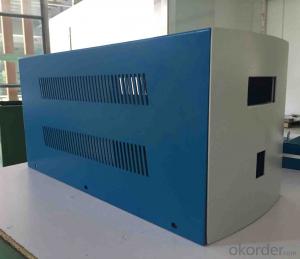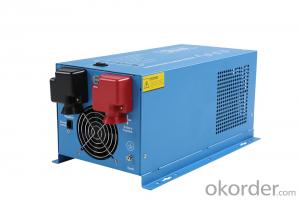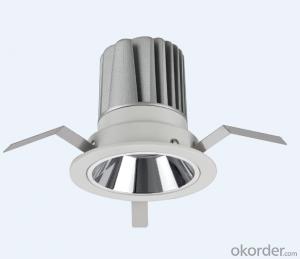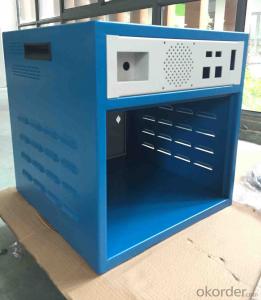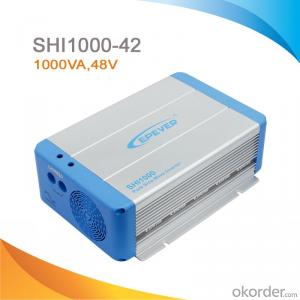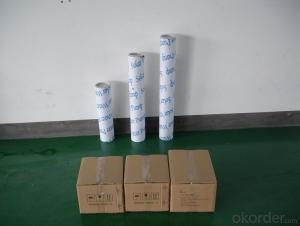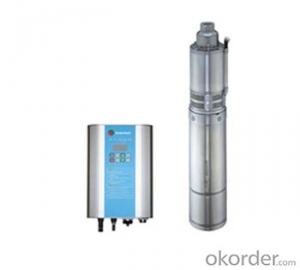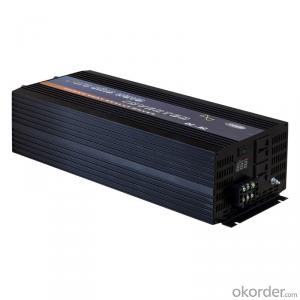Dc To Ac Solar Power Inverter
Dc To Ac Solar Power Inverter Related Searches
Best Stainless Steel For Knives Primer For Galvanized Steel H S Code For Stainless Steel Wd 40 For Stainless Steel Spray Paint For Stainless Steel Glue For Stainless Steel Drill Bits For Stainless Steel Spray For Stainless Steel Welder For Stainless Steel Diamond Grinding Wheels For SteelHot Searches
Solar Inverter For Split Ac Solar Inverter With Ac Outlet Power One Solar Inverter Price Solar Inverter Charger Price Solar Power Inverter Types Solar Power Inverter Suppliers Solar Inverter Emergency Power Solar Power Inverter Companies Power Factor Solar Inverter Solar Inverter Power Factor Solar Inverter Backup Power Tesla Solar Power Inverter Buy Dc To Ac Converter Steel Mesh Panels For Sale Price For Stainless Steel Scrap Scrap Price For Stainless Steel Stainless Steel Tank For Sale Cheap High Tea Sets For Sale Stainless Steel Tanks For Sale High Density Fiberboard For SaleDc To Ac Solar Power Inverter Supplier & Manufacturer from China
Okorder.com is a professional Dc To Ac Solar Power Inverter supplier & manufacturer, offers integrated one-stop services including real-time quoting and online cargo tracking. We are funded by CNBM Group, a Fortune 500 enterprise and the largest Dc To Ac Solar Power Inverter firm in China.Hot Products
FAQ
- The role of a power limiter in a solar inverter is to regulate and limit the amount of power that is fed into the electrical grid. It helps ensure that the solar system does not exceed the maximum power capacity of the grid, preventing any potential damage or overloading. The power limiter also helps maintain a stable and balanced power output, optimizing the efficiency and performance of the solar inverter.
- The role of a surge protector in a solar inverter is to safeguard the inverter and connected electrical equipment from voltage spikes and power surges that can occur due to lightning strikes, grid fluctuations, or other electrical disturbances. It helps to prevent damage to the inverter and ensures the stability and longevity of the solar power system.
- Yes, a solar inverter can be used in conjunction with a backup generator. In a hybrid system, the solar inverter intelligently manages the power supply, utilizing solar energy when available and seamlessly switching to the backup generator during times of low solar production or high energy demand. This setup ensures continuous power supply even during cloudy days or power outages.
- A solar inverter handles variations in solar panel tilt and orientation by adjusting the power output to maximize the energy harvest. It continuously monitors the performance of the solar panels and adjusts the voltage and current levels to optimize the conversion of sunlight into usable electricity. This allows the inverter to accommodate changes in tilt and orientation, ensuring the system operates at its highest efficiency regardless of the panel position.
- The maximum power output of a residential solar inverter typically ranges between 1 kW to 10 kW, depending on the size and capacity of the system.
- Yes, a solar inverter can be used with solar-powered streetlights. The solar inverter converts the direct current (DC) generated by the solar panels into alternating current (AC) that is required to power the streetlights. This enables the solar-powered streetlights to function efficiently and effectively.
- A data logger in a solar inverter is responsible for monitoring and recording important data related to the performance of the solar power system. It captures and stores information such as solar energy production, voltage levels, current flow, temperature, and other relevant metrics. This data is crucial for analyzing the efficiency and overall functioning of the solar inverter, as well as for identifying any potential issues or areas for improvement. Additionally, the data logger enables users to track the energy output and consumption, helping them make informed decisions about energy usage and potentially optimize their solar power system.
- Yes, a solar inverter can be used with different types of grounding systems. Solar inverters are designed to be flexible and adaptable to various electrical systems and grounding configurations. They can be used with grounded, ungrounded, or impedance grounded systems, allowing for compatibility across different types of grounding systems.




